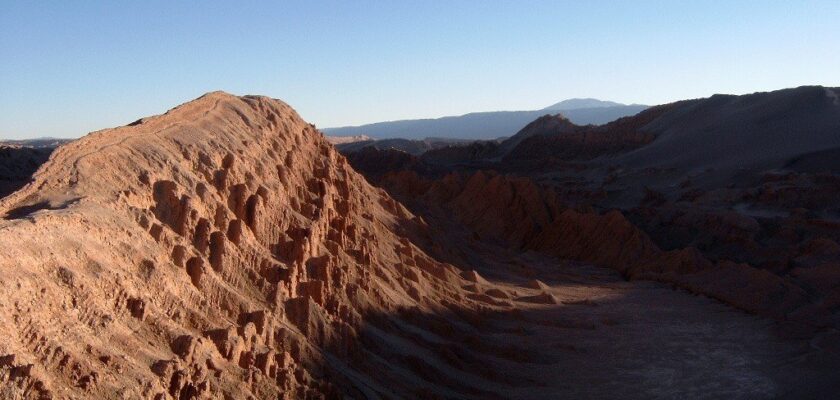Atacama Desierto de Atacama
The Atacama Desert is one of the driest regions in the world. It begins near Peru’s border with Chile and extends southward for 1,000 kilometers. The desert is bordered by the Pacific Ocean in the west and Bolivia and Argentina in the east. The main part of it is at a considerable altitude. The area of Atacama is 105 thousand km² – this territory is approximately equal to the area of the state of New York in the USA. Here usually falls no more than 10 mm of precipitation per year, in many parts of the desert does not rain for years. Due to the peculiarities of the location, the atmosphere is characterized by rarefaction, which causes a high level of radiation. That is why the desert does not have a rich flora and fauna, some of its places are completely uninhabited.
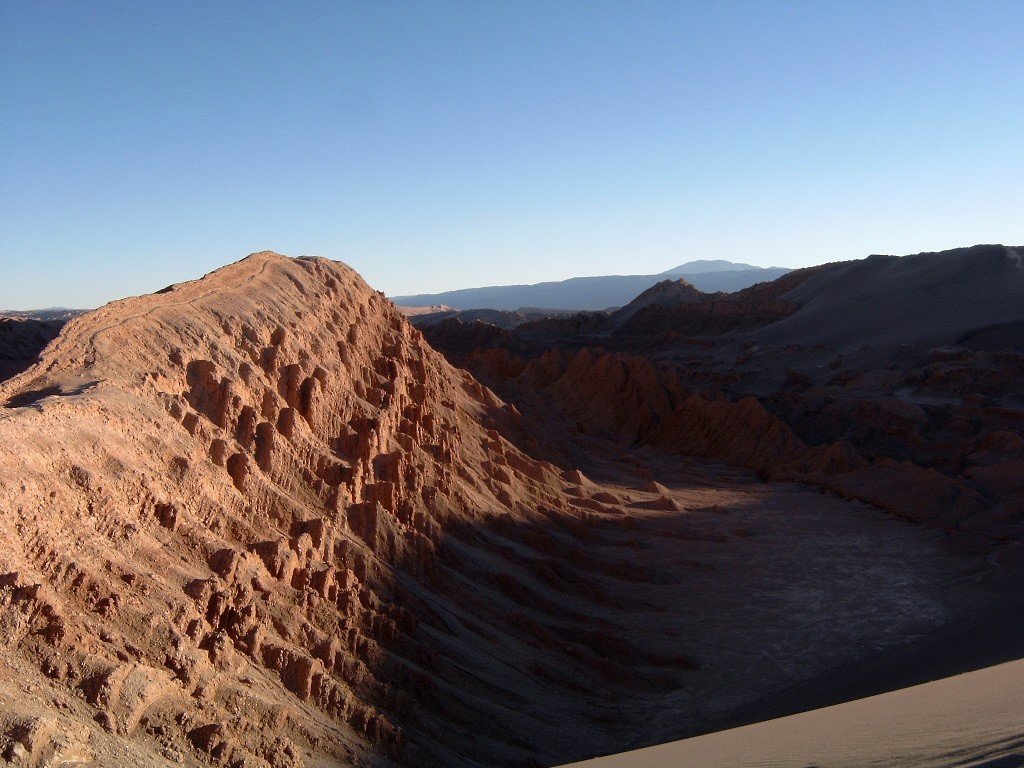
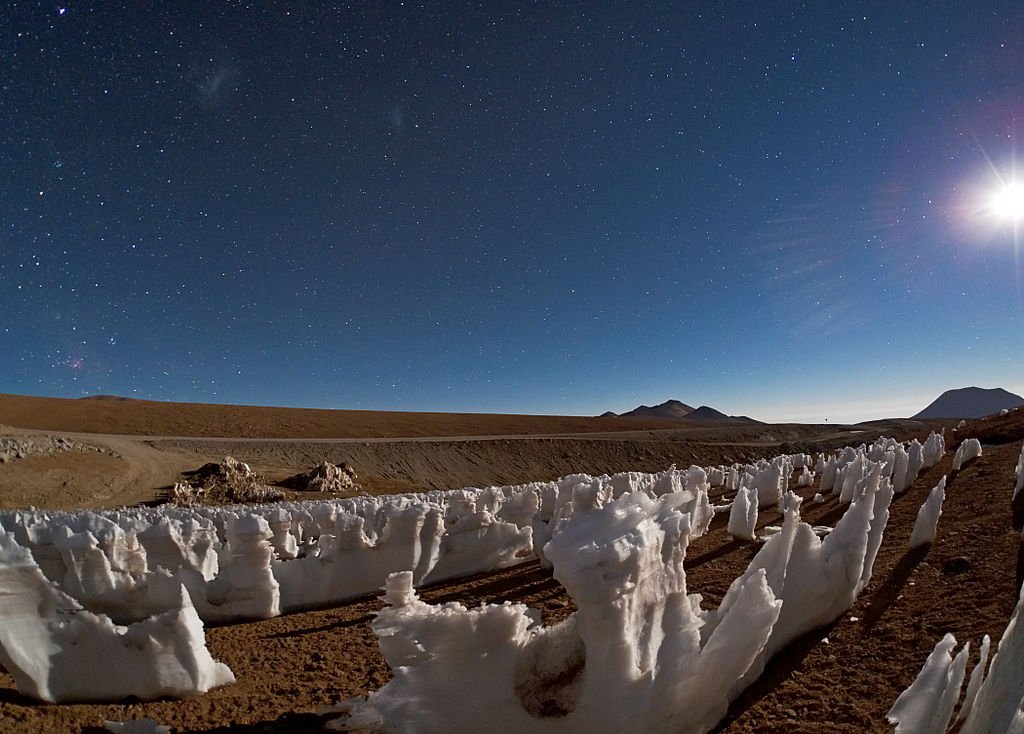
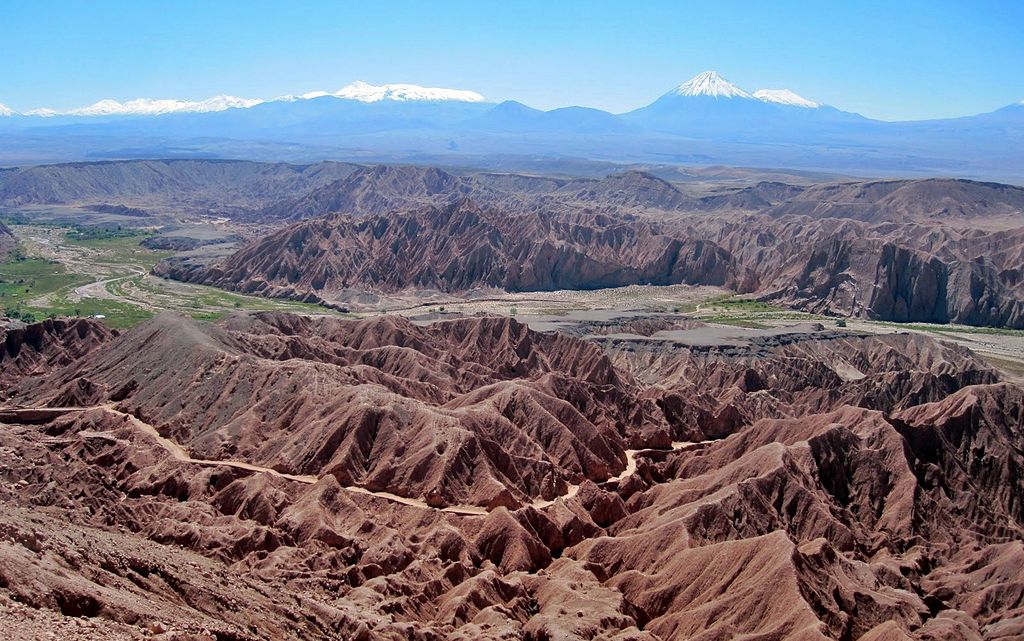
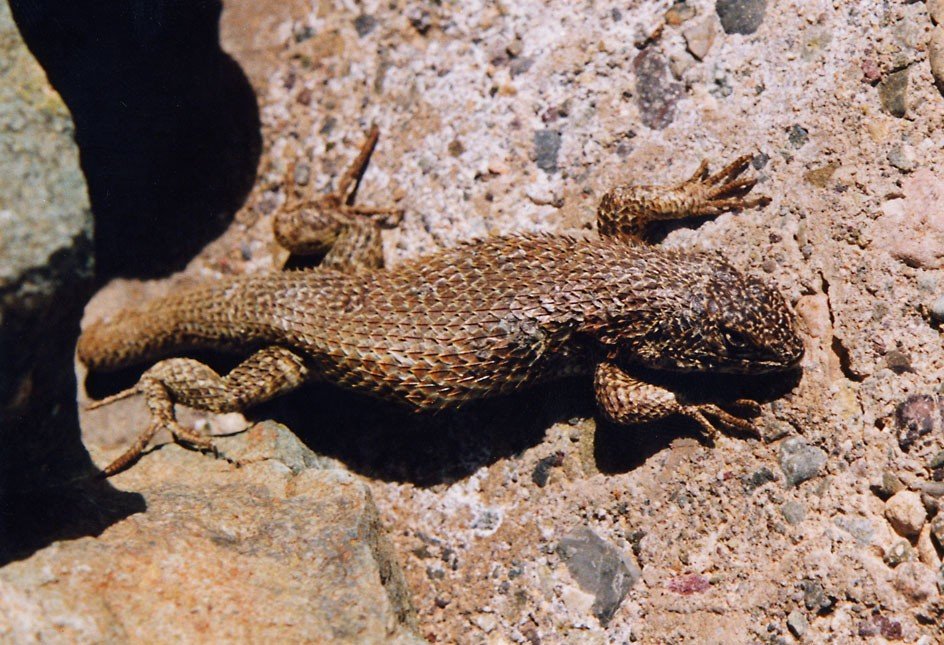
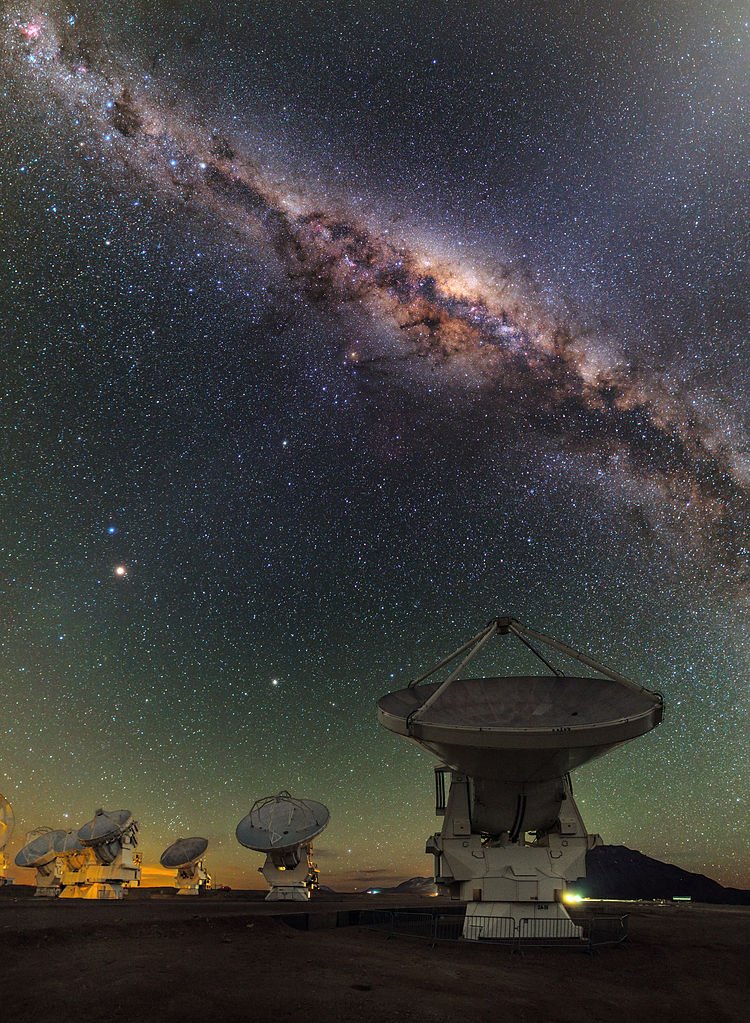
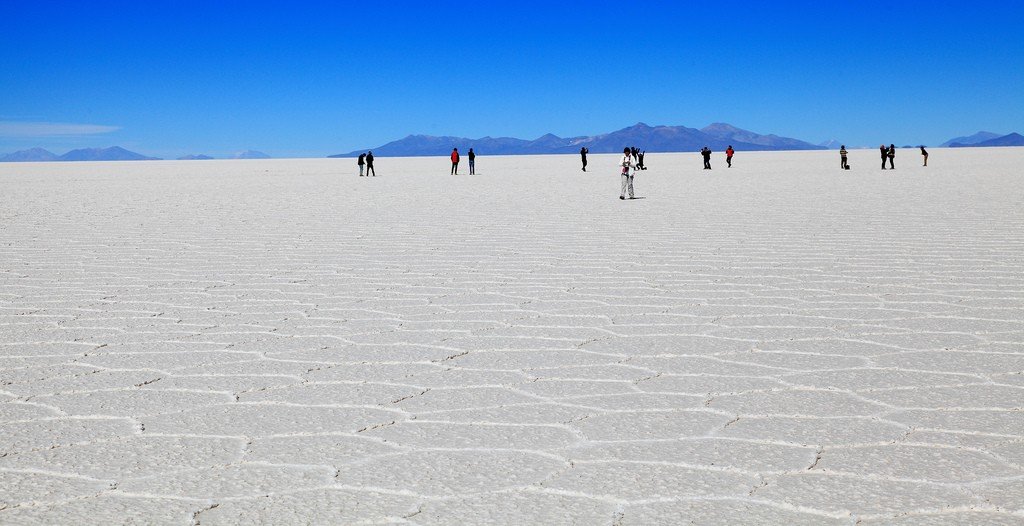
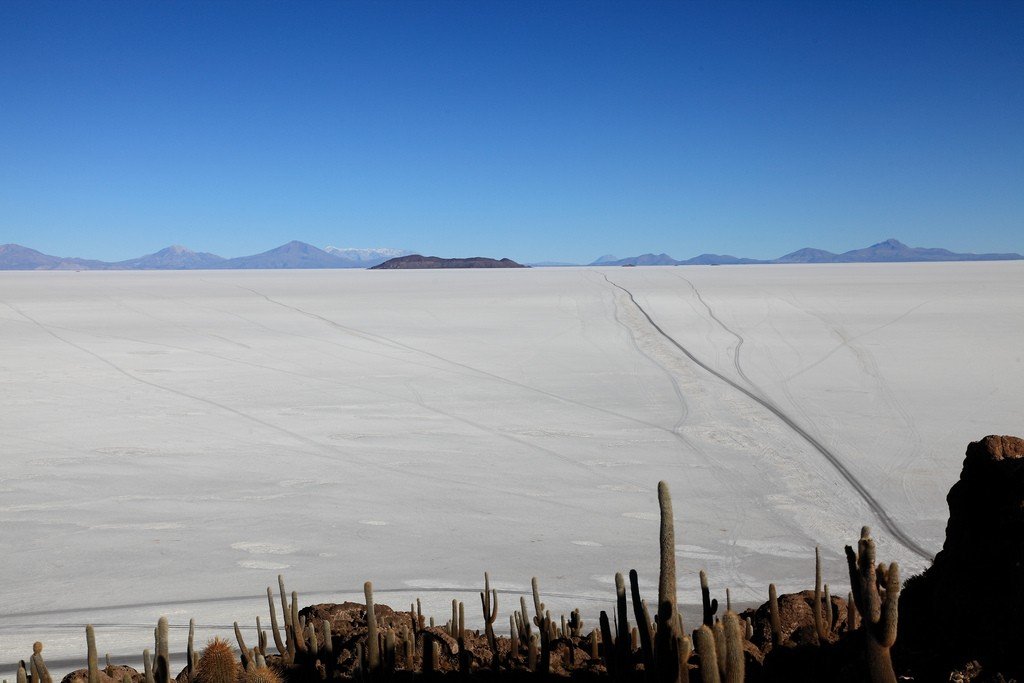
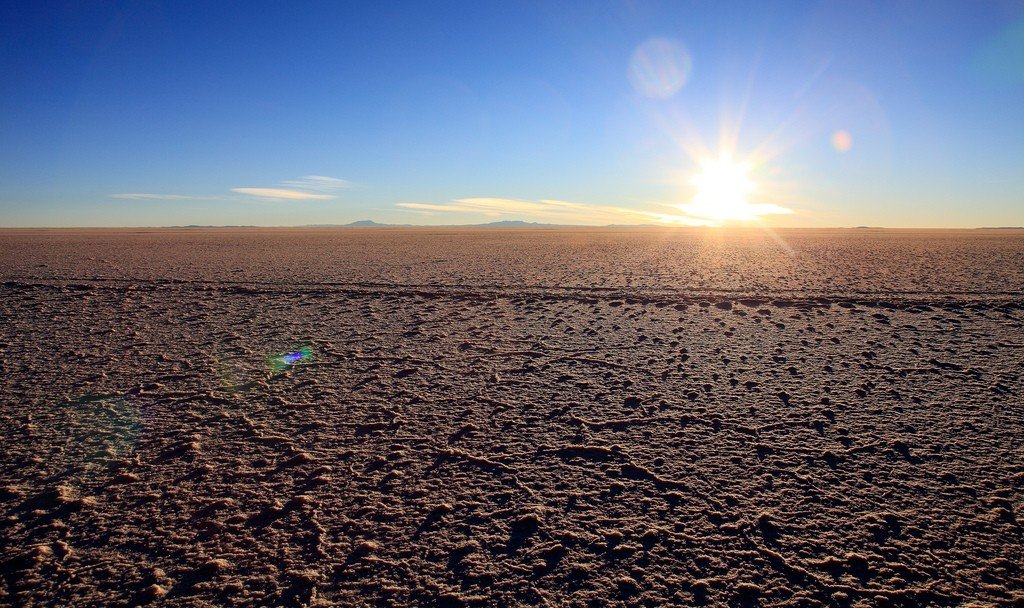
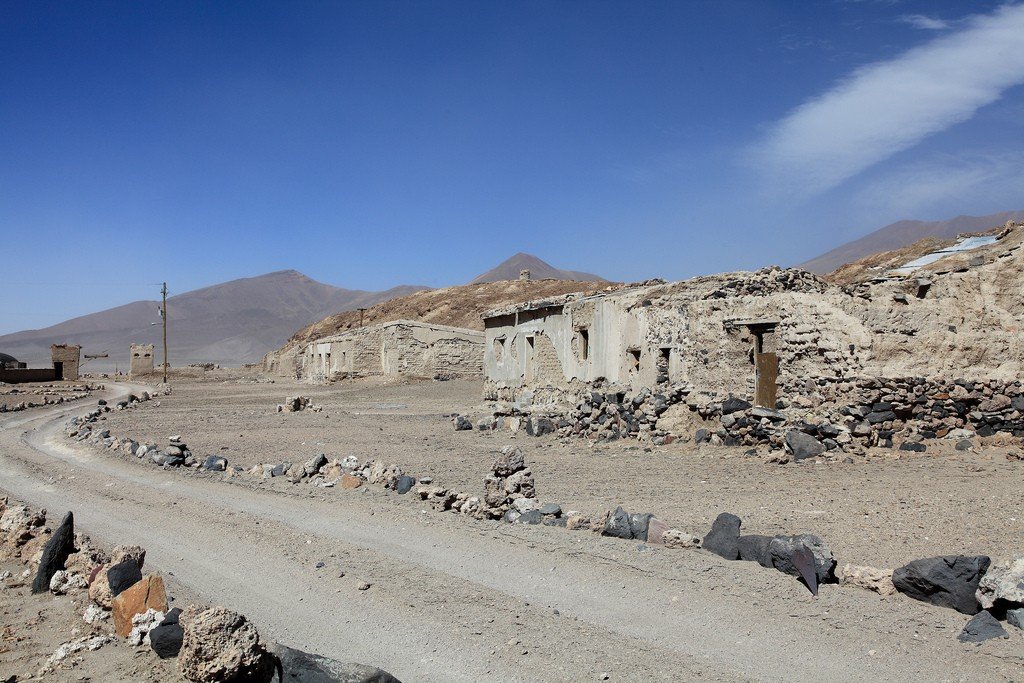
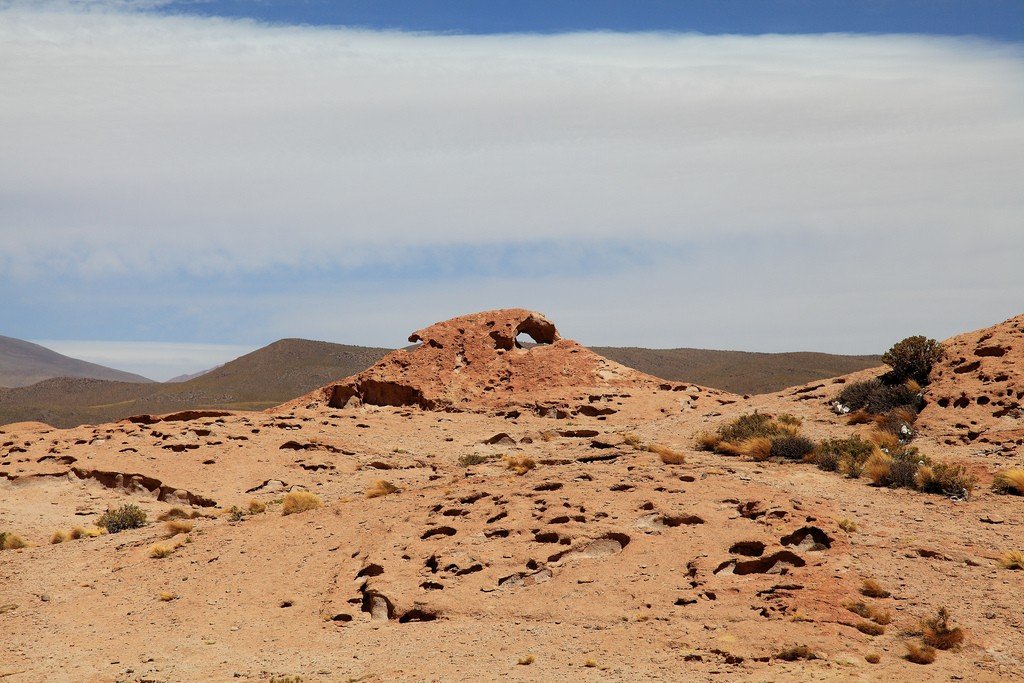
Video: Atacama Desert
” title=”YouTube video player” frameborder=”0″ allow=”accelerometer; autoplay; clipboard-write; encrypted-media; gyroscope; picture-in-picture; web-share” allowfullscreen> ContentsClimate Specifics
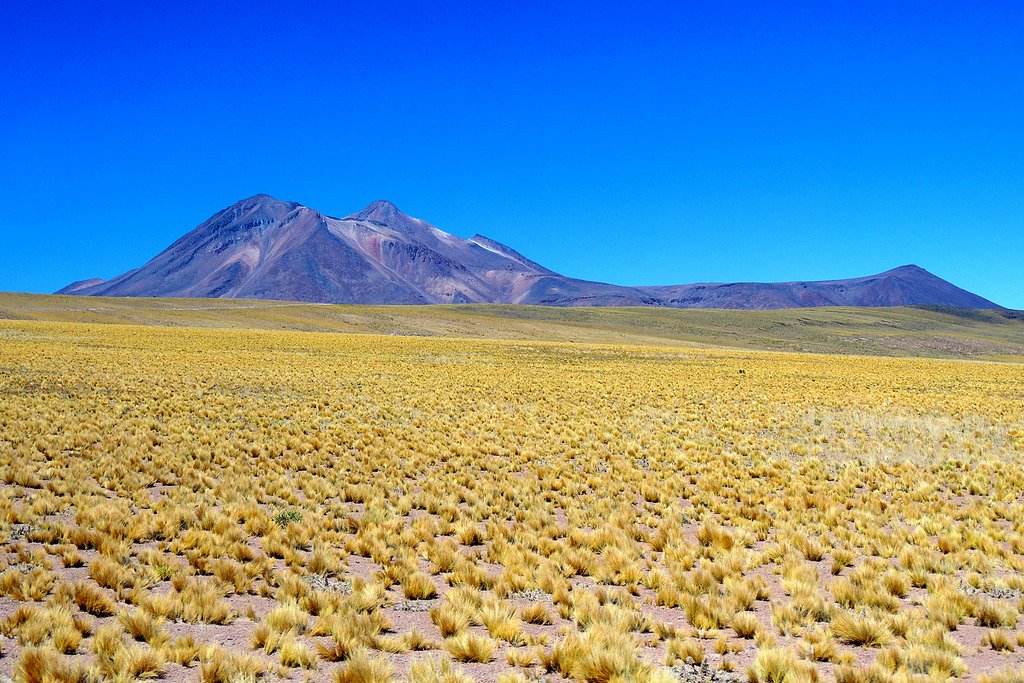
In May 2010, an unusual natural phenomenon occurred in Atacama – it snowed in the arid desert. Then the anomaly affected several settlements. The work of one of the major observatories had to be temporarily suspended, road traffic and electricity supply were disrupted.
.
History of settlement
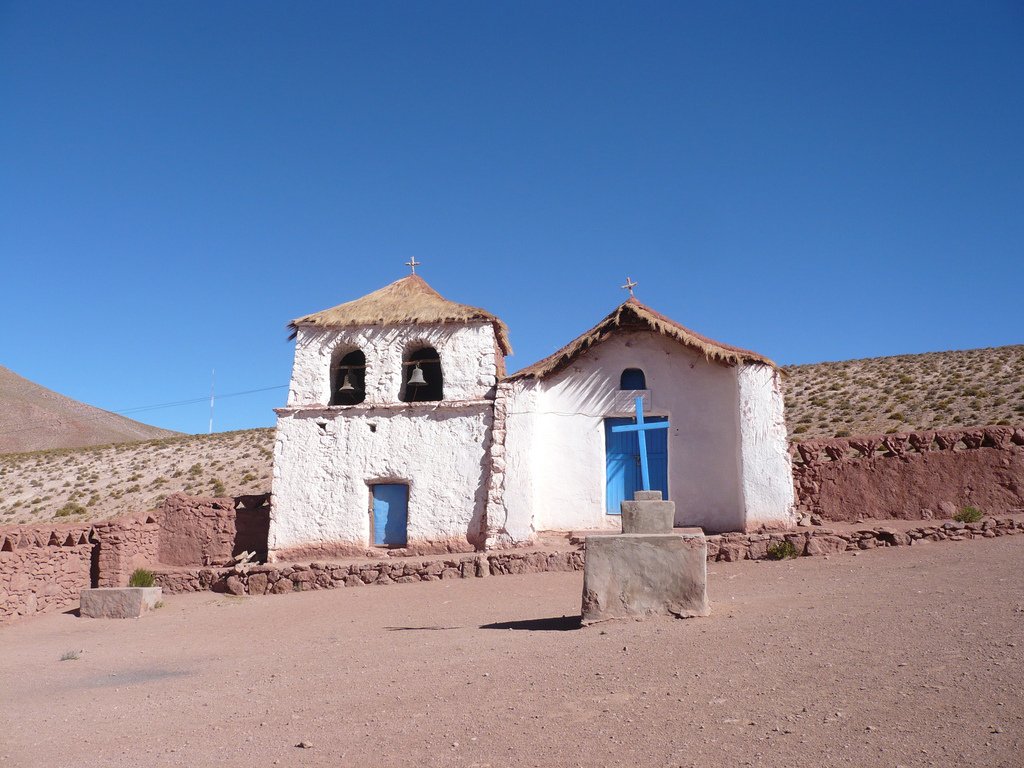
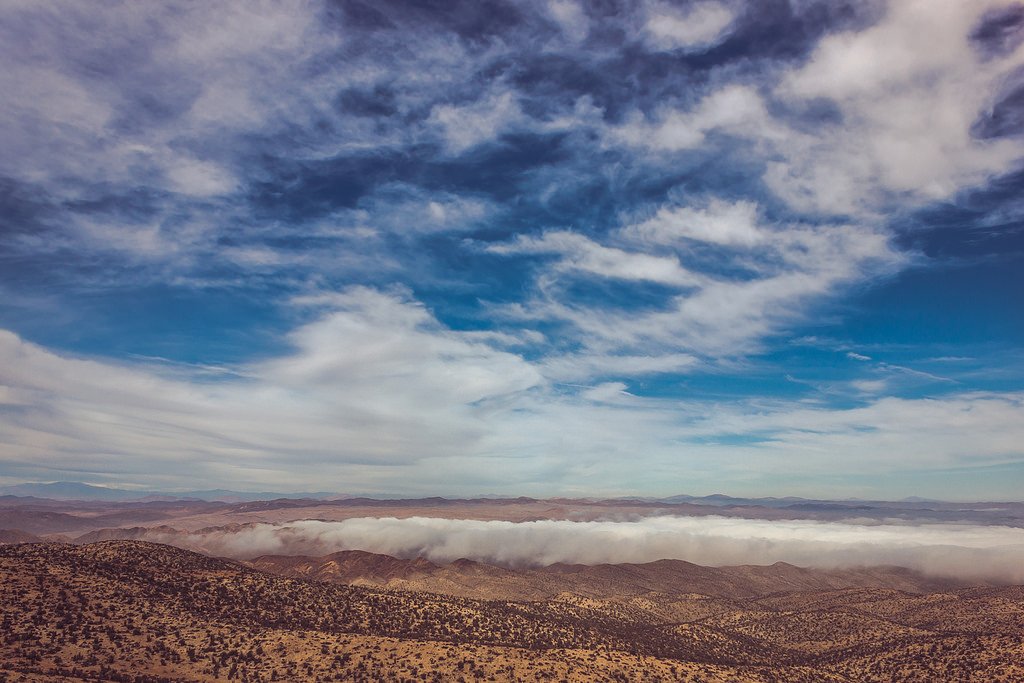
Artesian water is known to exist in the area, but high levels of boron make it unsuitable for agricultural use. So-called salt marshes are ubiquitous in the Atacama. They are small lakes that take water from mountain rivers. The surface of the reservoirs dries up under the influence of the scorching sun, resulting in the formation of a thick layer of salt. From afar, the lake looks quite ordinary, but a closer look reveals a shining salt surface.
.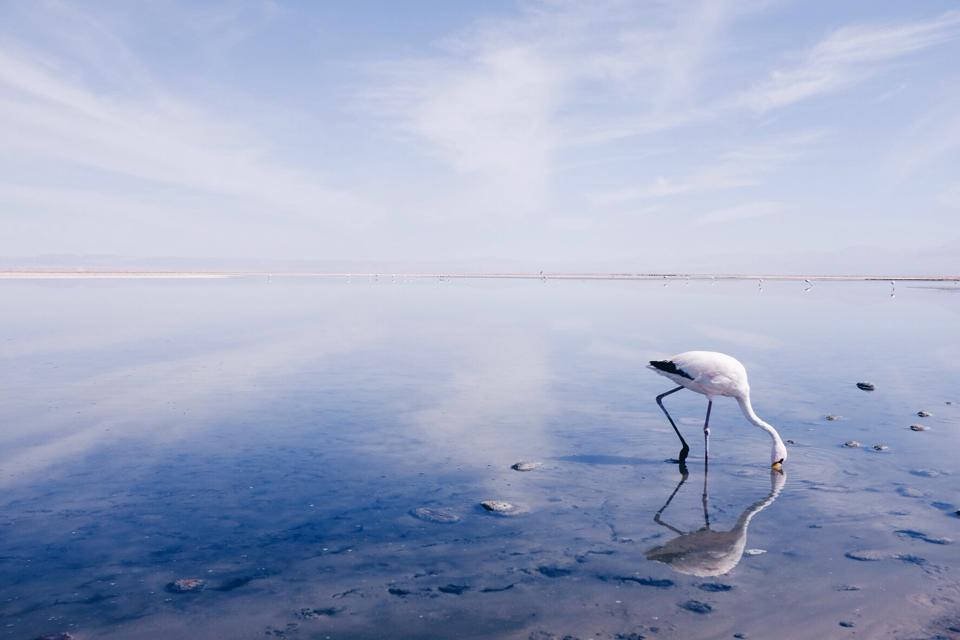
Minerals
‘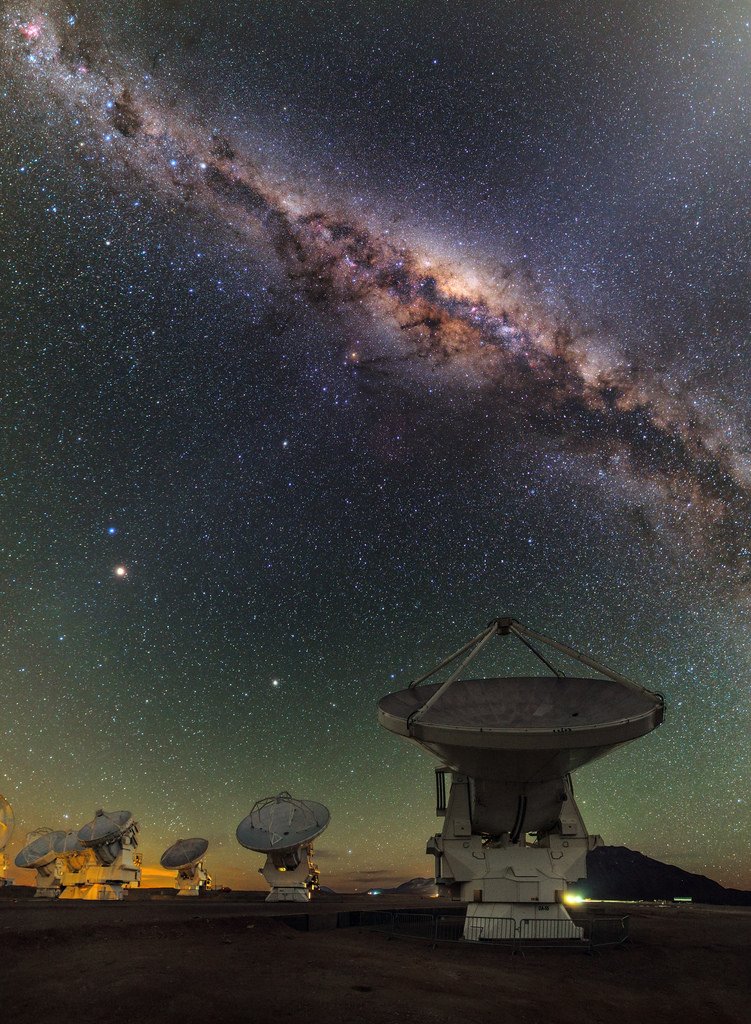
The desert is known for its deposits of saltpeter, formerly the basis for fertilizers and explosives. This material does not tolerate moisture, making the Atacama an excellent place to preserve it. The peak of natural nitrate production was in the 30s of the XX century, then it was gradually ceased to be supplied. The reason for this was the invention of an analog – synthetic nitrates. Almost all mining villages and towns were abandoned by their inhabitants, only in a few of them saltpeter is mined to this day.
.Moon Valley
To the east of the village of San Pedro de Atacama lies a beautiful natural attraction, the Moon Valley. The area got its name because of the presence of bizarre formations of salt, sand and stone, which resemble the surface of the Earth’s satellite. Being here, you can observe an unusually colorful sunset, striking a variety of shades. The location has become popular among many directors – this place can be seen in a number of science fiction films.
.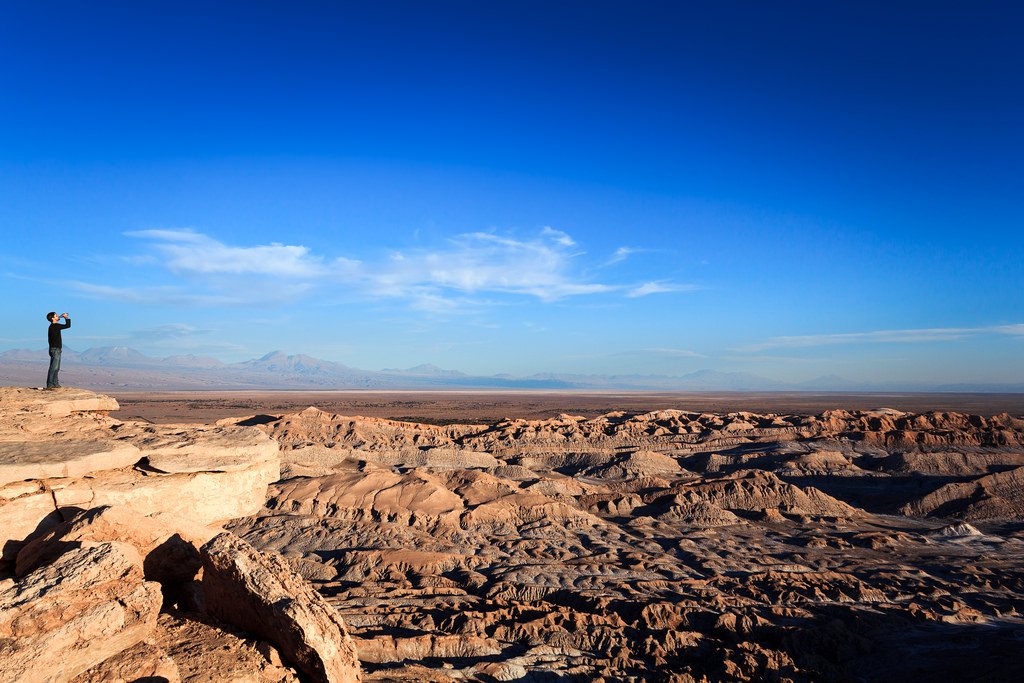
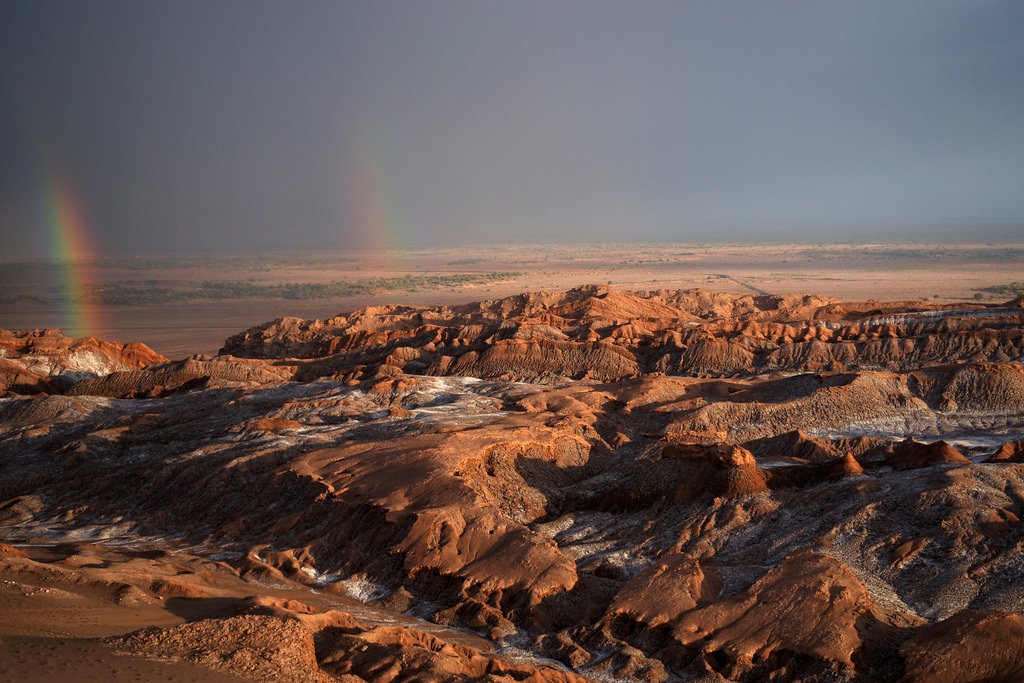
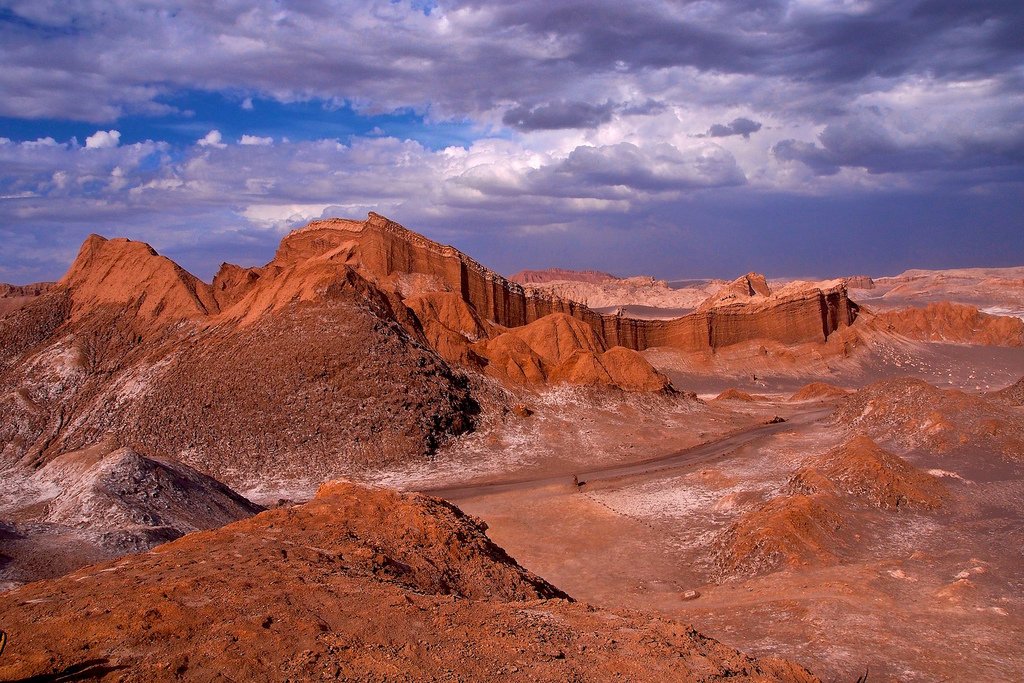
The Valley looks especially picturesque at night. In the light of the moon, salt figures can be seen, which create a marvelous contrast to the dark blue sky. Locals refer to them as the guardians of the nearby caves. They claim that the sculptures were a kind of beacon for the astral shell of ancient shamans during their journeys to parallel worlds. Undoubtedly, the Moon Valley is the most attractive place of the Atacama Desert, with tourists from all corners of the planet coming here every year.
.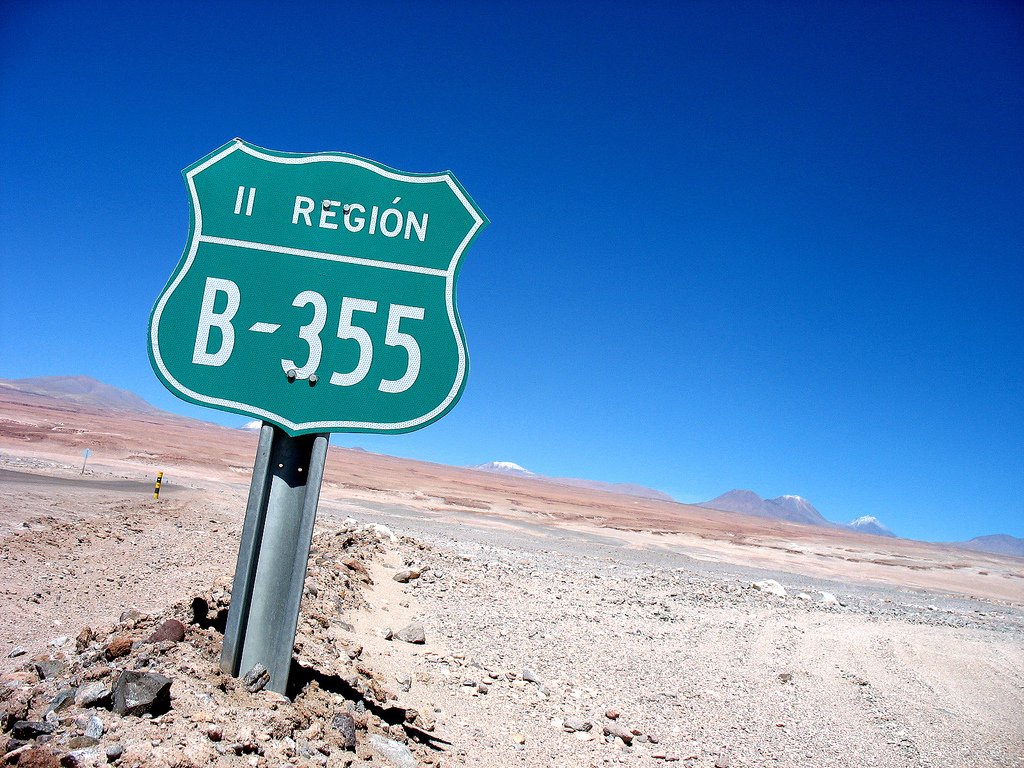
Travelers Memo
The Atacama Desert is most easily accessible from Iquique, Tocopilla and Antofagasta by air. If you decide to explore the region, don’t forget about items of sun protection. Make sure to bring a hat and drinking water. The best way to travel within the Atacama is by rented transportation, which can be booked in nearby communities.
.